Throughout history stories have help shaped our minds, our ideas and actions. With the increasing acceleration in information and biotechnology we need better stories about future technological, social and economic developments. See also an earlier post about the 4th Industrial Revolution and the Meaning of Life.
In this 21th century, ¨societal¨science fiction might be an important genre, if not the most important, to interprete the consequences of accelarating technological developments. We face enormous changes and we need more ideas based on science to help us focus on the important problems and themes such as the dangers that technology will be used to manipulate and control us humans.
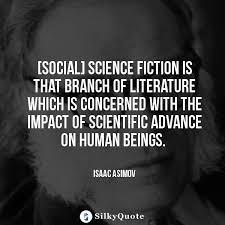
Societal Science Fiction, as we call it, is not about technology, time travel, parallel universes, fictional worlds, space exploration, and extraterrestrial life. It is about challenging existing views about what it means to be human in advantages technological environment as Artificial Intelligence, Virtual and Augmented Reality and Biotechnology.
Pastors in this new genre for making sense of the world by dramatizing or by Societal Science Fiction are amongst others:
- Inside Out: Within Riley´s Mind Headquarters, five personifications of her basic emotions — Joy, Sadness, Fear, Disgust, and Anger — come to life and influence her ways of doing things via a control console. Joy acts as a de facto leader, and since she and the other emotions do not understand Sadness’s purpose, she tries to keep Sadness away from the console.
- Brave New World: Largely set in a futuristic World State of genetically modified citizens and an intelligence-based social hierarchy, the novel anticipates huge scientific developments in reproductive technology, sleep-learning, psychological manipulation, and classical conditioning that are combined to make a utopian society that goes challenged only by a single outsider.
- The Matrix: It depicts a dystopian future in which humanity is unknowingly trapped inside a simulated reality, the Matrix, created by thought-capable machines (artificial beings). The protagonist is offered a choice between two pills; red to show him the truth about the Matrix, and blue to return him to his former life.
- The Truman Show: Truman Burbank has spent his entire life in the seaside town of Seahaven Island, which in reality is an enormous set near Holywood, equipped with state of the art technology to simulate day/night, weather conditions, and five thousand cameras are watching him.
- Nineteen Eighty-Four: The novel is set in the year 1984 when most of the world population have become victims of perpetual ar, omnipresent government surveillance and public manipulation.
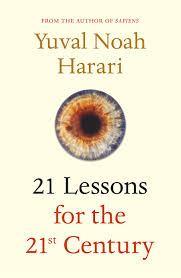
The aim of this post is to sketch possible thinking steps that might help us to get grip we about the potential conflict between superhuman elite that is empowered by algorithms and a underclass of disempowered human, as Yuval Noah Harari mentioned in his book 21 Lessons for the 21st Century (see the blog post Will our inventions make us irrelevant?).
The Challenge
Yuval Noah Harari says that the worse problem with the presentday science fiction is that it confuses intelligence with consciousness. This has lead us to focus on the possibility of a war between humans and robots when we really should be worried about the potential conflict between superhuman elite that is empowered by algorithms and a underclass of disempowered human.
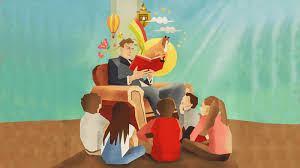
Design a Societal Science Fiction story that explores the potential conflict between superhuman elite that is empowered by algorithms and a underclass of disempowered human.
Approaches
Choose one of the following approaches, spend between 2 (a log line) and 5 (the high concept) lines of text:
Make a log line
A log line is truly an art form of its own. It’s the one or two sentence summary of your film that not only conveys your premise, but also gives the reader emotional insight into the story as a whole.
Someone (the protagonist) wants something (the story goal) and goes after it against great odds and/or obstacles (the antagonist and the conflict).
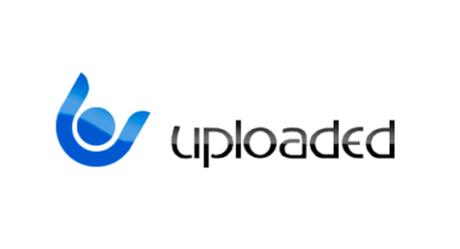
UPLOADED. Mary Jenkins was uploaded with a Masters degree in Medicine from Harvard University for half the cost of a regular study, but because she is a women, she has never been able to get sufficient returns on her investmen to renew her license and update her skills. She went to a non-certified Knowledge and Skills Upload Centre, and was caught by the U.S. National Medical Software Authority.
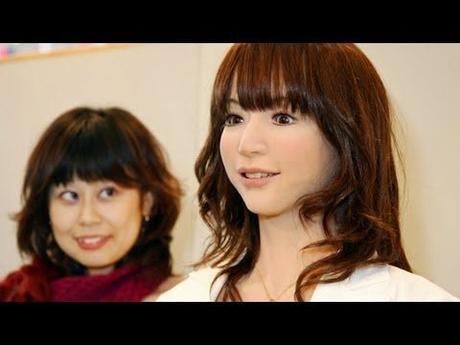
ROBOTS LIKE ME. For its PhD, Robot B44 XS8 is programmed to build a human by using biochemical substances. There are a lot of obstacles, but his main problem is his human, average and jealous Associate Professor who refuses to acknowledge that B44 XS8´s design is as real as a human. Who can tell the difference?
What if? – The High Concept Narrative
High-concept narratives are typically characterised by an overarching “what if?” scenario that acts as a catalyst for the following events.
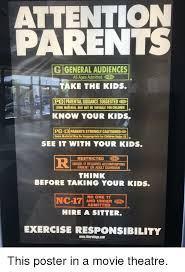
NOT FOR ALL AGES. What if, in a small town a 170-year-old woman and her 6th husband in his 120s live together with middle-aged people who do not take life-prolonging measures because of their religious beliefs?
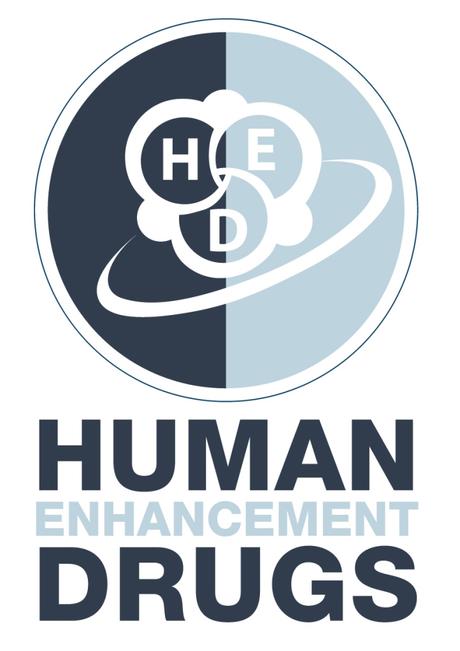
FOR ANYONE TRYING TO AVOID BULLSHIT JOBS. What if Ellen misses to answer the question on the job interview that would have landed her the job because her mother had not paid the subscription to memory retrieving pills?
Good luck with your efforts to think and fantasize!
What ethical dilemmas would you encounter?
Advertisements